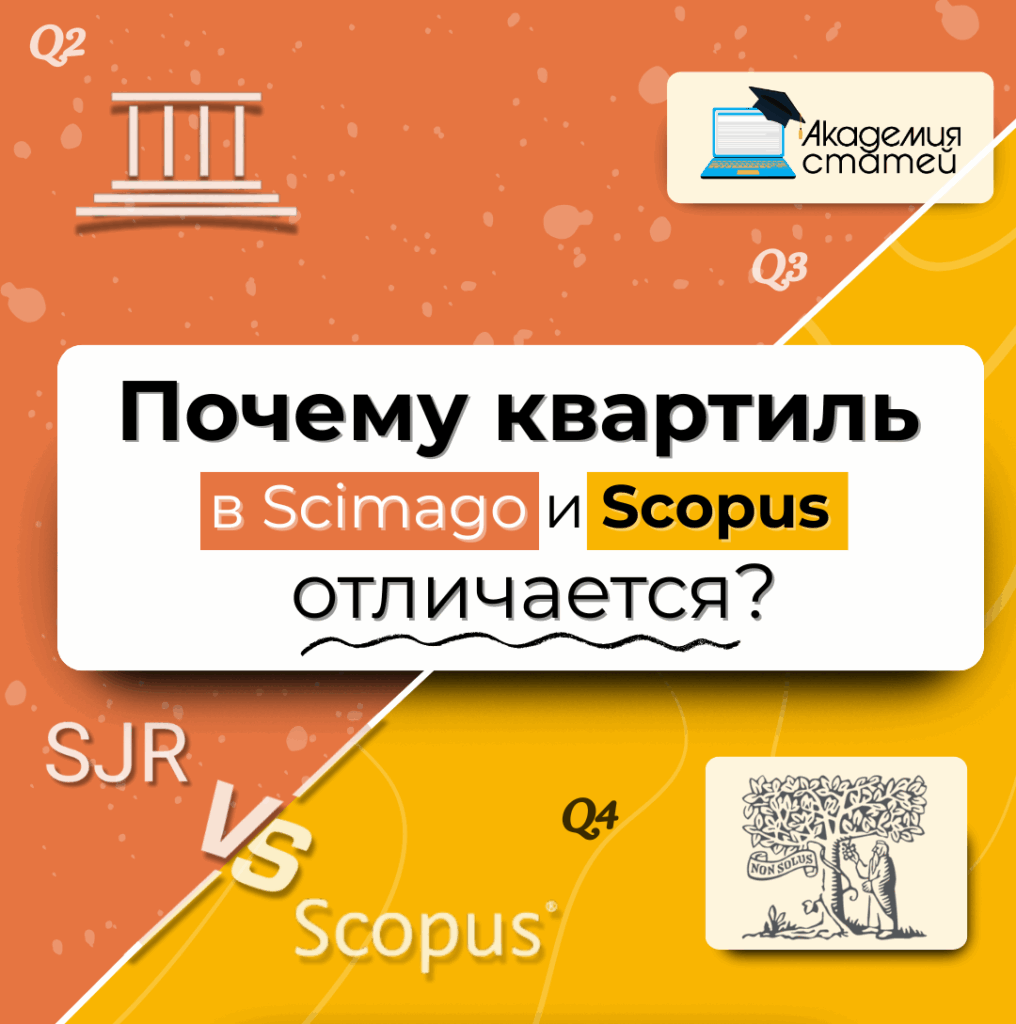Not only beginning researchers but also experienced researchers and academic staff need to publish their research in specialized journals. However, before submitting their work to a particular publisher, it's important to determine its authority and popularity. Once the author knows the journal's importance, they can decide to publish their article there. However, the question arises: "How exactly is this indicator determined, and what does it even mean?"
One such indicator is the impact factor. This indicator shows the average frequency of citations of an article in a given year. It is used to measure the importance or rank of a journal by calculating how many times its materials and publications have been cited by researchers.
Why is the impact factor a significant indicator?
Using all impact factors, you can objectively evaluate a publication and analyze its citation potential. When performing calculations, it's important to remember that the number of articles published in a given journal is directly proportional to its impact factor. Therefore, before analyzing a resource, consider the publication through the following metrics:
- What is its intended purpose;
- How good is the base material;
- What is the total volume of scientific articles published in it;
- How often is the magazine published;
- How much information is processed through synthetic and analytical resources.
How to calculate the impact factor
The impact factor calculation method is based on determining the number of citations to a journal's publications. There are different approaches to determining this indicator: for the previous 2, 3, or 5 years. Some publications calculate the impact factor using the traditional approach, while others use their own proprietary methods.
The classic formula for calculating the impact factor is: I = a/b. In this case, I is the impact factor, which is equal to "a"—the number of citations (references) to articles in a given journal over the past three years—divided by "b"—the total number of articles published in that journal over the past three years. It's worth noting that this calculation does not take into account letters, book reviews, commentaries, and news items.
For example, suppose you need to determine a journal's impact factor in 2020. This can be done as follows: I 2020 = a/b, where a is the number of citations for the period 2020 in journals studied by the Institute of Scientific Information, for articles published by this journal between 2017 and 2019. While b is the number of publications in this journal between 2017 and 2019. This figure does not include letters, communications, and similar materials previously submitted. If the journal is new, its impact factor is calculated over a two-year period.
Impact factor for Scopus and WoS
Scopus is a multidisciplinary database. In addition to bibliographic information, it also includes reference lists from indexed publications. This allows users to search for citations. Scopus includes:
- More than 50,000 books;
- More than 20,000 journal titles;
- More than 24 million patents;
- More than 6 million conference papers.
To measure the impact of research, Scopus uses Scientific Journal Rankings. This metric is calculated using a principle similar to the impact factor. Therefore, to analyze citations, you can use Scopus journal rankings. When conducting a citation analysis, the field of research must also be taken into account. Scopus entries primarily represent journal articles published in English.
Citation analysis may be inaccurate. This may occur if researchers conducting a particular type of research publish in non-English-language journals, or if many studies were published in books or formats poorly covered by the database.
Another modern and popular scientific journal is the Web of Science (WoS). This journal uses impact factor calculations as a metric to assess the scientific significance of publications and research. However, it's important to remember that this indicator is calculated exclusively for Science Citation Index (SCI) and Social Sciences Citation Index (SSCI) journals.
To obtain the necessary information on WoS, visit its official website. Then, select "JCR" in the menu at the top. Then, search by keywords and article topics. Researchers should look for links to pages containing research material. Each such material has its own link. Next, select the link and obtain statistical data. It's also worth noting that the completeness of the information received depends on the user's subscription level.
Why might the impact factor be low?
By using all the impact factor indicators as a whole, a researcher can obtain an objective assessment of a publication and also view it through the lens of its publication potential. In other words, they can compare all suitable publications and select the best one. The selected time period during which the publications were published is crucial in this analysis.
Before analyzing a resource, it is necessary to review the publication, taking into account the following factors:
- What is the purpose of the magazine;
- How good is the base material;
- How often is the journal published;
- How well is information processed using synthetic and analytical resources;
- What is the total volume of materials?
It's worth noting that there are many reasons for a low impact factor. One of the most common is that domestic publications in foreign journals are not tolerant of their content. For example, they may fail to publish a new issue on time, thereby wasting valuable time.
Poor quality of the research paper itself shouldn't be ruled out, and not every author knows how to competently and professionally translate their work into English. The formatting of the article is also important. Failure to take these nuances into account greatly increases the likelihood that the author's work will not be published. Therefore, beginning researchers often turn to professional companies that prepare research papers for publication in reputable journals.
In summary, "quality" is a subjective factor. While the impact factor is a good indicator of a journal's citation rate, it's not always related to the quality of the work. There are niche publications with relatively low impact factors, yet they are recognized and considered prestigious journals for publication. Therefore, when calculating the impact factor, the author of a scientific paper must consider all the nuances.





